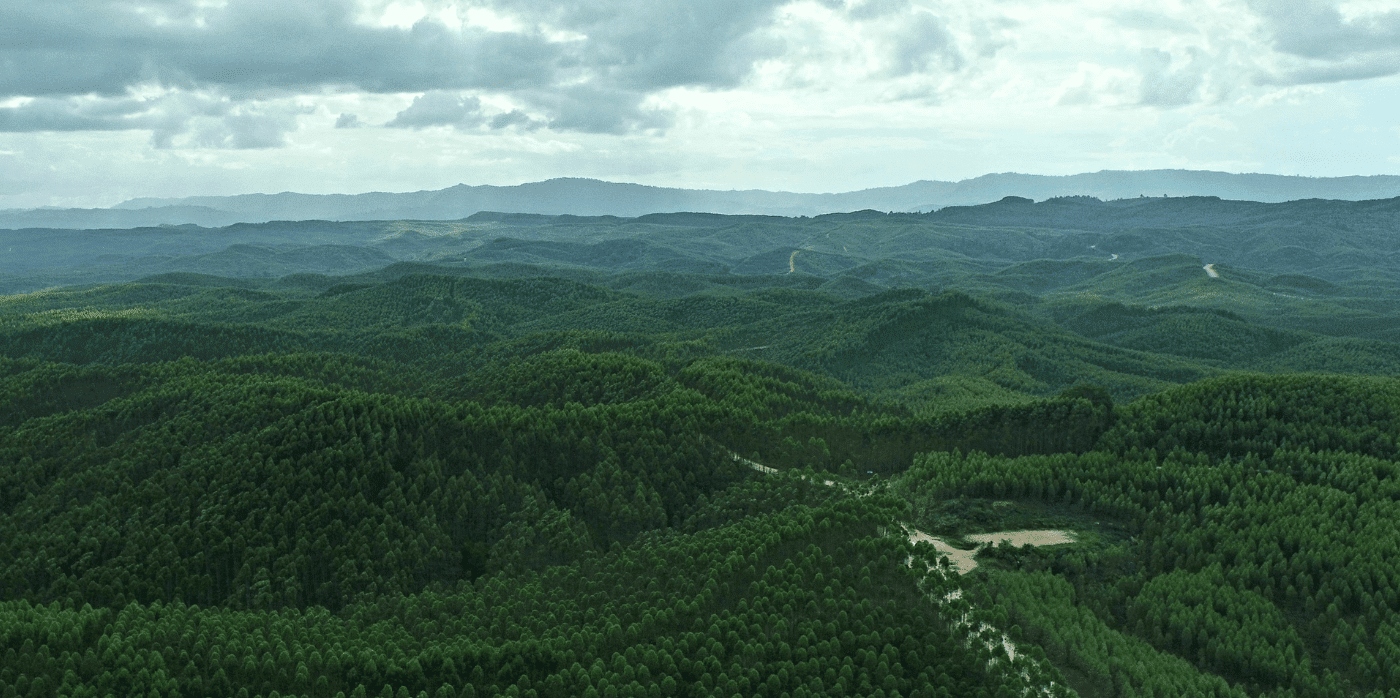
Spotted: Nature soundscapes are often the preserve of meditation and wellbeing apps – used to make people feel more in touch with nature. But could they have a deeper scientific use? Dr. Sarab Sethi from the University of Cambridge thinks so. His groundbreaking work is based on the premise that soundscapes can tell us a lot about the health of an ecosystem. By monitoring a soundscape over time, we can get an early warning of changes in habitat health or the species present.
Dr Sethi has developed a device that records soundscapes over long time frames, with minimal human intervention. The technology, which is low-cost and open-source, consists of a network of sound recorders that are scattered across a landscape. These recorders collect audio data 24 hours a day, seven days a week. The data is then uploaded to the cloud, where it is automatically processed by a number of advanced machine learning algorithms.
The device is currently being used to monitor the biodiversity of different ecosystems under different human pressures as part of a trial of the technology. One of the places where the technology is being deployed is in Borneo. Here, the devices are being used to monitor sounds across a ‘landscape degradation gradient’ – from old growth forest, to logged forest and then to oil palm plantation. Scientists will then use the data to study how this gradient, and the different levels of environmental degradation, affects biodiversity. Another project is underway in the Arctic Circle, where researchers are listening to sounds in the soil and observing changes in the behaviour observed at anthills. The resesearch team is taking this approach because environmental pollutants could potentially be detected through the distressed noises of the ants.
Sethi’s soundscape-monitoring device could have a major impact on the field of ecology. By providing real-time data on changes in the soundscape, it would allow field ecologists to focus their efforts on areas where there are potentially significant changes taking place. This would save time and money, and ultimately result in better protection for delicate habitats. In addition, Sethi is working on making the device biodegradable which would reduce the impact of research projects on the environment. Overall, Sethi’s invention represents a potential breakthrough in the way field ecologists work, and it could have a profound impact on the conservation of endangered species and habitats.
In the future, such devices could play an important role in conservation efforts. Other similar innovations spotted by Springwise include the recreation of healthy soundscapes to attract fish to damaged coral reefs, and an app that identifies animal and plant species through a phone camera.
Written By: Katrina Lane

